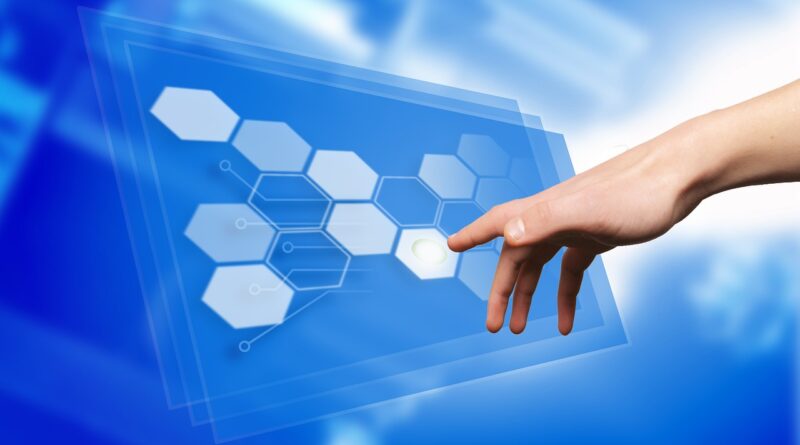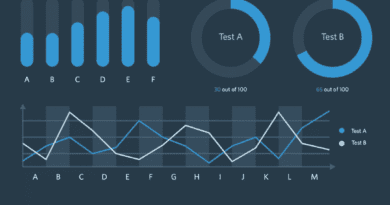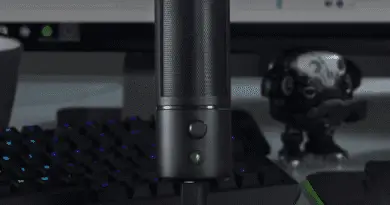Benefits of Touch Screen Monitors for Your Work From Home Set-up
If you’ve been a fan of sci-fi movies, touchscreen monitors are usually front and center every time futuristic computers are shown. In real life, touch screen monitors had been designed specifically for POS systems and other similar tasks. But with technological advancements, touch screen monitors are slowly getting into the mainstream for excellent image clarity.
Are you ready to let go of your traditional mouse? Here are things you need to know before buying a touchscreen monitor:
3 Main Reasons People Switch to Touchscreen Monitors
Touchscreen monitors are not as popular as traditional monitors, but they’re slowly gaining popularity because of these three things:
- Touchscreens are cheaper to design, which in turn reflects on the price of the device. If something works just as fantastically, but with an added feature, who wouldn’t want to take advantage, right?
- Touchscreen monitors reduce components to a computer setup. If your work-from-home set-up is small, having a touch screen monitor means you’ll have an option to forego components like a mouse and keyboard. This instantly makes any device more compact.
- Younger generations love intuitive devices. Touch screen monitors are definitely a device for the next generation, who are used to simplifying things. With a touch screen monitor, you’ll be able to skip using physical buttons as the input method.
Even if you aren’t sold yet with the concept of touchscreen monitors for home use, it’s a guarantee that this technology will be part of this generation’s computing activities.
Types of Touch Screen Monitors
All touch screen monitors use a “virtual” keyboard where a user “types” their letters digitally with their fingers. Sometimes, voice recognition is added into a computer to serve as another input method. Do note that touch screen monitors are NOT equally made. If you’re shopping around for one, be aware of these technologies:
- Capacitive touchscreen – Monitors that are designed with capacitive touchscreens are coated with a special material that is responsible for storing an electrical charge. This electrical charge is located at all four corners of a screen.
Every time a user touches the display, a small amount of this electrical charge “awakens” the display and indicates where the user has touched the screen. As such, using this kind of touch screen monitor requires the use of a specially-designed capacitive stylus or just bare fingers.
If you’ve ever worn gloves and you wanted to use your smartphone to answer a call or open an app, you’ve definitely felt how the display does not consider your gloves as proper “touch” so you cannot access your phone completely.
Most phones today are built with a capacitive touchscreen display. There are also different kinds of gloves, such as one-finger or two-finger gloves, that make it easy to interact with a capacitive touchscreen device.
- Resistive monitor – With this kind of touchscreen monitor, the display is coated with a metallic electrically conductive and resistive layer that detects whenever a user’s finger (or stylus) puts pressure on the monitor. This kind of technology is a cheaper solution than capacitive touchscreen technology, but since sharp objects can quickly damage their screen, this isn’t used as much on desktop monitors or portable devices.
- Infrared monitor – Infrared touchscreen displays are interesting. They use a matrix of infrared beams, which are transmitted by LEDs that have a phototransistor at their receiving end. Whenever a user’s finger or a stylus or other object is pointing near the display, this movement blocks the infrared beams and gives the display a signal where exactly the user inputs his/her action.
- Surface acoustic wave – Surface acoustic wave touchscreen monitors use ultrasonic waves whenever a user touches the screen. This is probably the most advanced touchscreen technology around, but because it cannot work with hard materials (and can easily be damaged by external elements), this technology isn’t used all that much as well.
What is the best touch screen monitor today?
Touchscreen monitors are perfect additions to a work-from-home setup if you’re planning to use it with a digital camcorder, arcade game, camera, car GPS, electronic whiteboard, laptop, medical equipment, sewing machine, signature pads, and many more.
As touchscreen technology advances, it’s guaranteed that it would fit into more applications that cater to a wider audience.
The good news is that more and more brands are coming up with their own versions of touchscreen monitors. Check out 3M, HP, ACER, Dell, ViewSonic, Laiputuo Electronics, ELO Touch Solutions, or Planar, among others – all of them have their own version of touchscreen monitors marketed towards the regular PC home user.
- And as you know, with more options brought to the market, the demand goes higher and prices decrease enough that touchscreen monitors have the potential to become the new standard for gaming, working from home, or other kinds of settings.




